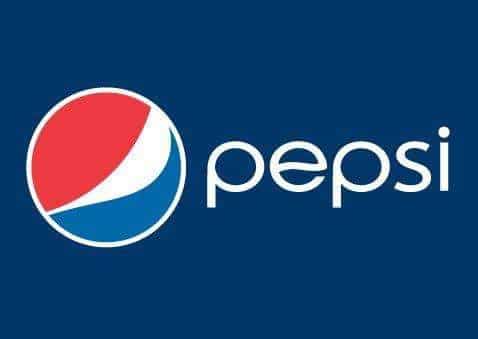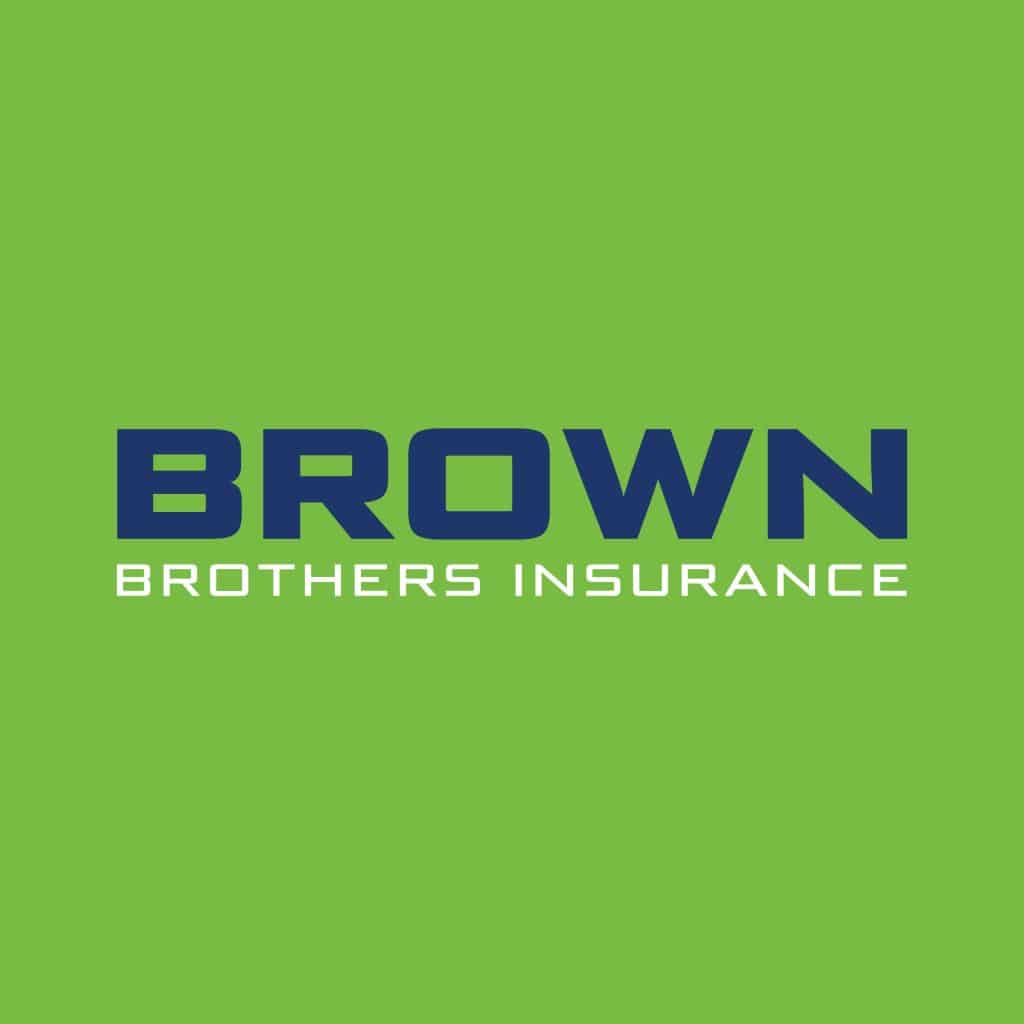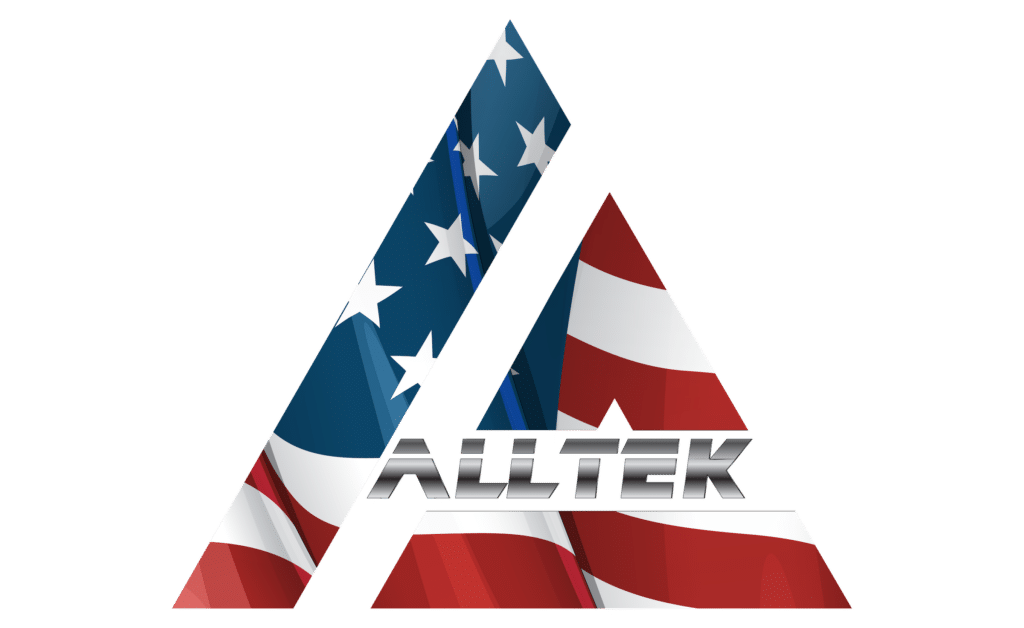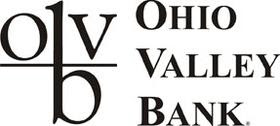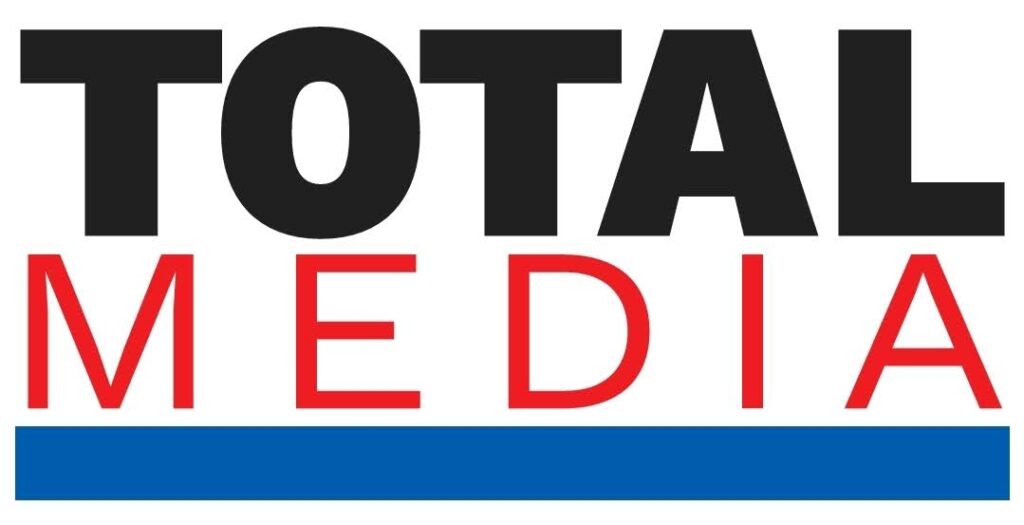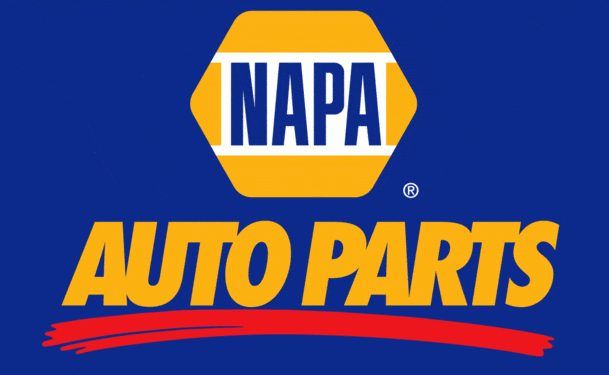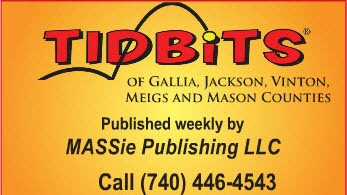History
1950
It was in the summer of 1950 that the Gallia County Junior Fair had its actual beginning. That year the FFA and 4-H members held a one day show on the lot of a local equipment dealer.
1950
1951
In 1951 a two day fair was held on the park front in Gallipolis.
1951
1952
Additional facilities were required and in 1952 the fair was moved to the Holzer Airport where it was increased in size and became a three day fair with rides, concessions, and a program.
1952
1955
Having outgrown that facility in 1955, the Evans Grocery Company donated land consisting of sixteen acres for a permanent fairground.
1955
1956
In 1956 the fair was held on this new site and a restroom was the only building that year.
1956
1958
In 1957 the first permanent building was erected on the fairgrounds for the housing and showing of livestock and for the first time an Ohio governor was present to dedicate the building and visit the fair.
1958
1958
In 1958 another new building, the Activities Building was erected to permit the display of FFA and 4-H projects.
1958
1960
Two new buildings were added in 1960 with the first being a food stand for the use of 4-H clubs in preparing and serving food. This building has since been enlarged into a cafeteria-type concession stand with the addition of a dining room. Also, a building for sheep, swine and poultry was opened and with the donation of eight acres across the creek by the Evans Grocery Company, a huge new parking area was added at the rear of the fairgrounds.
1960
1961
In 1961 another building was erected for the display of commercial exhibits and designated as the Commercial Building.
1961
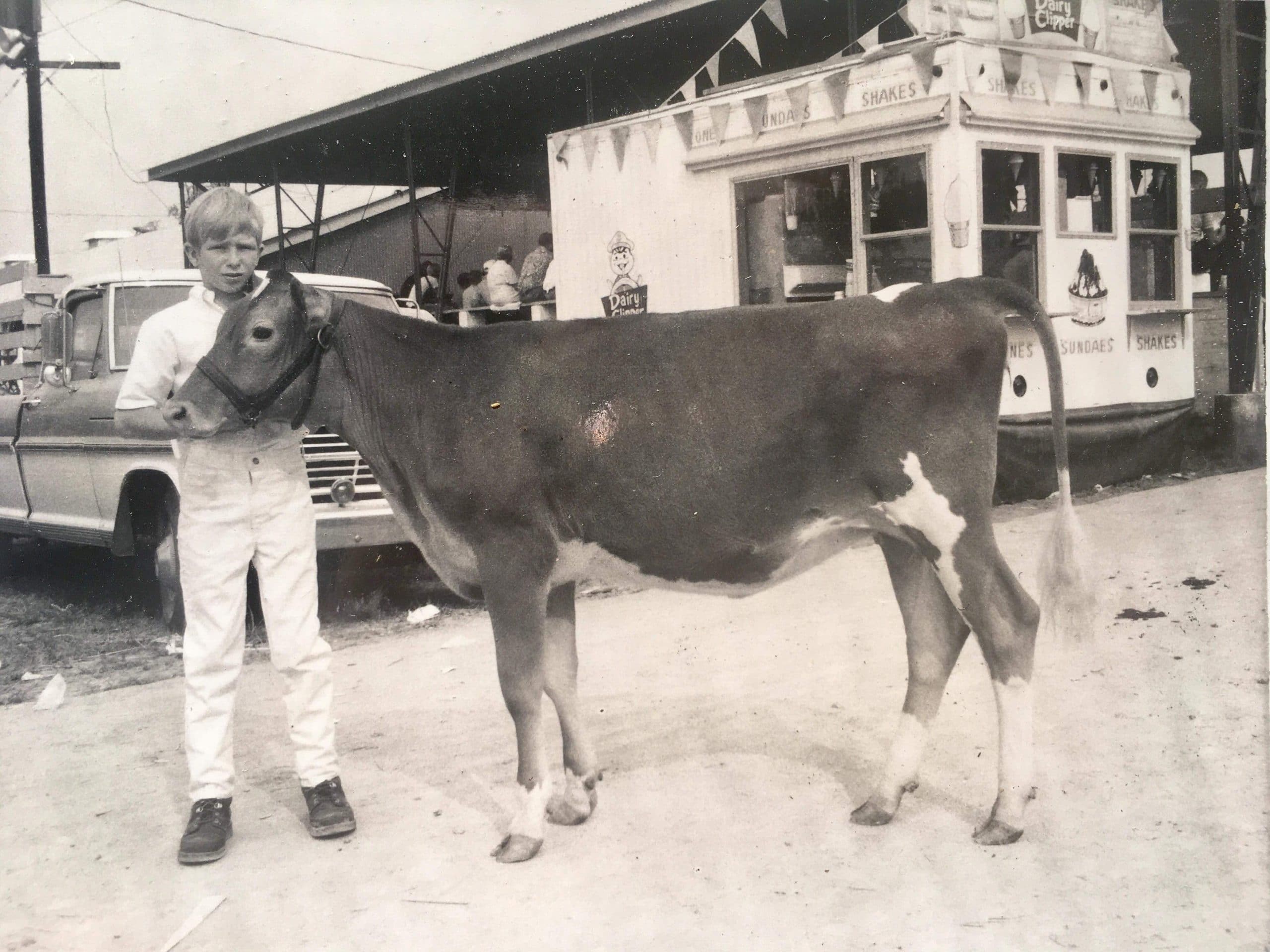
1962
With 1962 came the Livestock Arena with a seating capacity of over 400 where Gallia County youth exhibit, show, and sell the animals grown as FFA or 4-H projects.
1962
1964
In 1964 a modern building with restroom and shower facilities was completed.
1964
1965
In 1965 the fair board acquired seventeen additional acres for the development of a camping area. This serene and quiet campsite at the rear of the fairgrounds registered travelers and campers who in 1979 registered from 35 states.
1965
1966
In 1966, a new fair board office was built in the upstairs of the Commercial Building.
1966
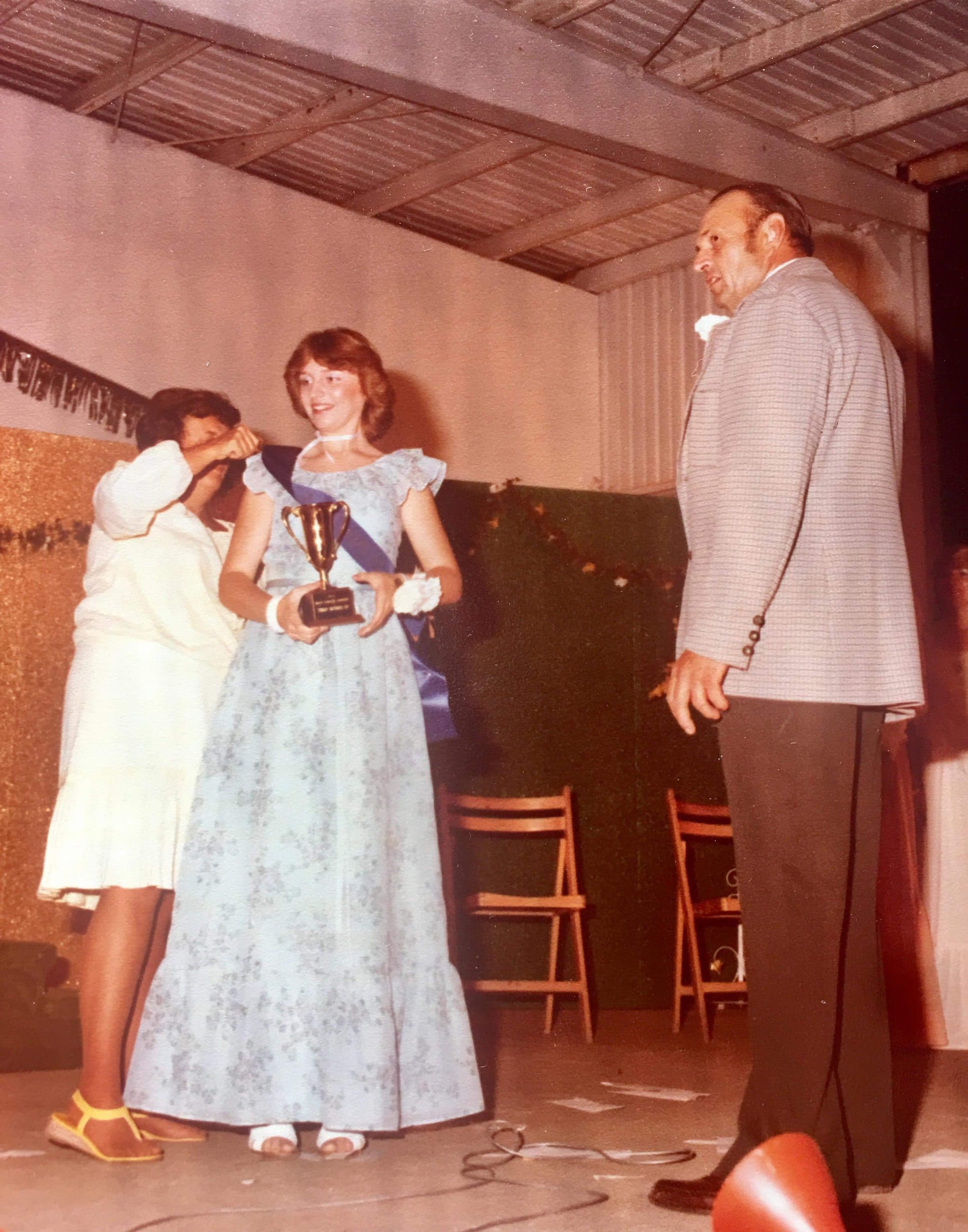
1967
In 1967, a roof was constructed over the fifty by fifty stage. Also in 1967 the Junior Fair was expanded into a five day fair for the first time with the addition of Tuesday night, a night with emphasis on religion and spiritual needs of the community.
1967
1968
In 1968 new hard surface roads were built on the main fairgrounds, flood control drainage was installed, and expansion of electrical wiring in all buildings took place.
1968
1969
In 1969 a new utility building which would house up to fifty horses was added to the grounds.
1969
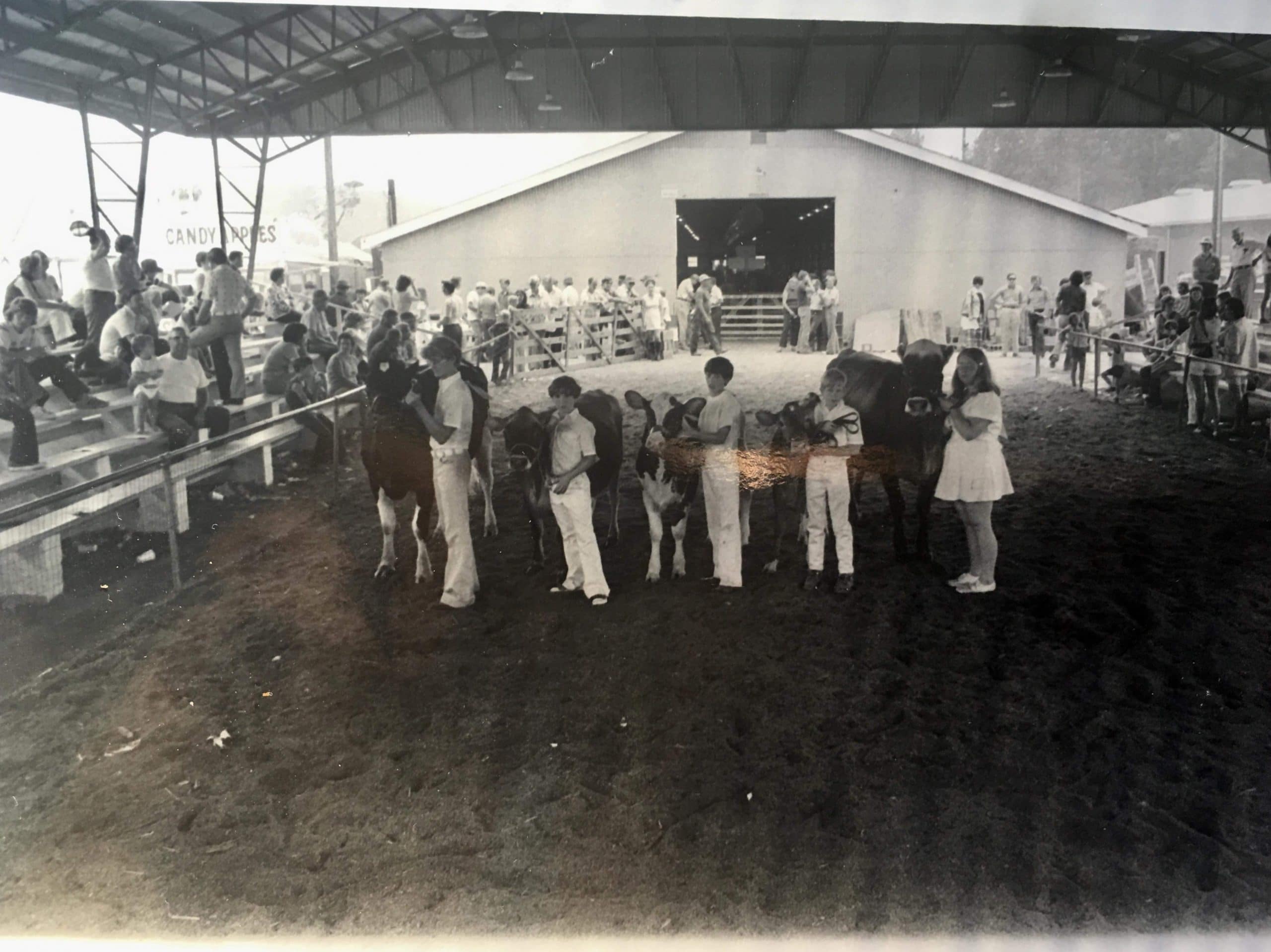
1973
In 1973 due to an increase in livestock entries, the horse barn was converted to a dairy barn and a new horse barn which would hold up to one hundred horses was constructed.
1973
1974
Before the 1974 fair, fans were installed in all barns.
1974
1975
In 1975 new restrooms and shower facilities were added to the campgrounds and both the main fairgrounds and campgrounds were connected to the Gallipolis City Northwest Sewer Project. Through twenty-five years the fair has grown and expanded to become officially recognized as the largest exclusive junior fair in the state of Ohio. The need for more land became a necessity, therefore in 1975, the board made a momentous decision and purchased an additional fifty-four acres adjacent to the present fairgrounds. This brought the total acres now owned by the fair board to ninety-five acres.
1975
1976
In 1976 the first flea market was held.
1976
1977
In 1977 the fair expanded to a six day event and a permanent fence was installed around the main fairgrounds. Also, a new meeting room was added to the fair office and one-half miles of roads were built in the parking areas.
1977
1978
In 1978 lighting was added to the horse ring and other areas.
1978
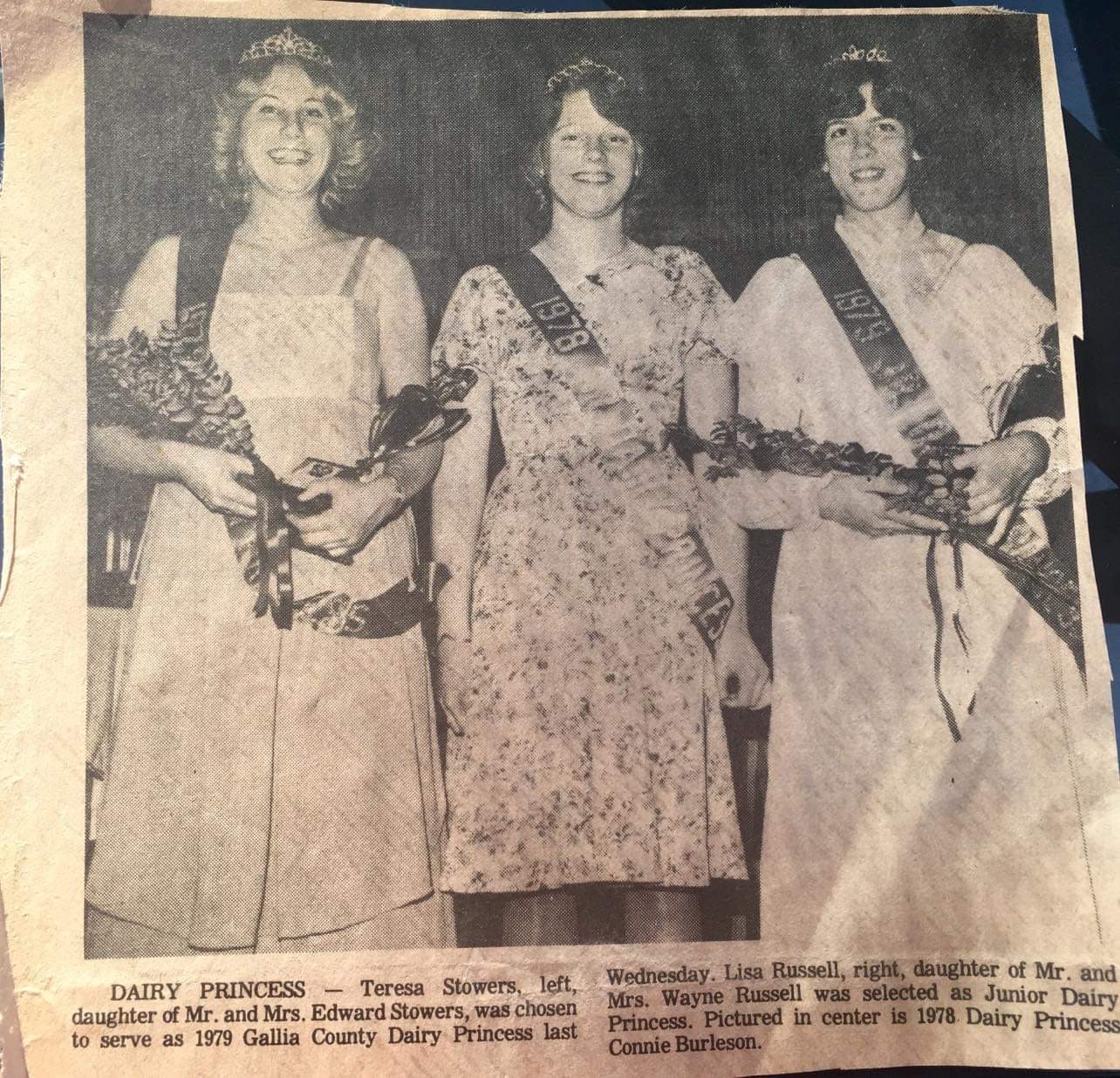
1979
1979
1984
In 1984 due to the large number of livestock project exhibits, the show arena was enlarged, the dairy barn was rearranged, and a milking parlor was installed. Also in 1984, a new larger water main was installed to accommodate the large demand for water during the week of the fair.
1984
1985
In 1985 a ten year mortgage on the land purchased in 1975 was burned in a ceremony conducted at the fairgrounds. A set of portable scales were purchased.
1985

1986
A second set of portable scales was added in 1986. Also in 1986 more portable bleachers were added to accommodate fair goers.
1986
1987
In 1987, increased electricity needs demanded a new electrical service in the beef barn.
1987
1988
In 1988, because of an increase in project numbers, the sheep/swine barn was remodeled by replacing all pens with smaller pens to house more sheep and swine projects in that barn. Also, two sets of ten-row bleachers were purchased to increase the seating capacity for events at the track.
1988
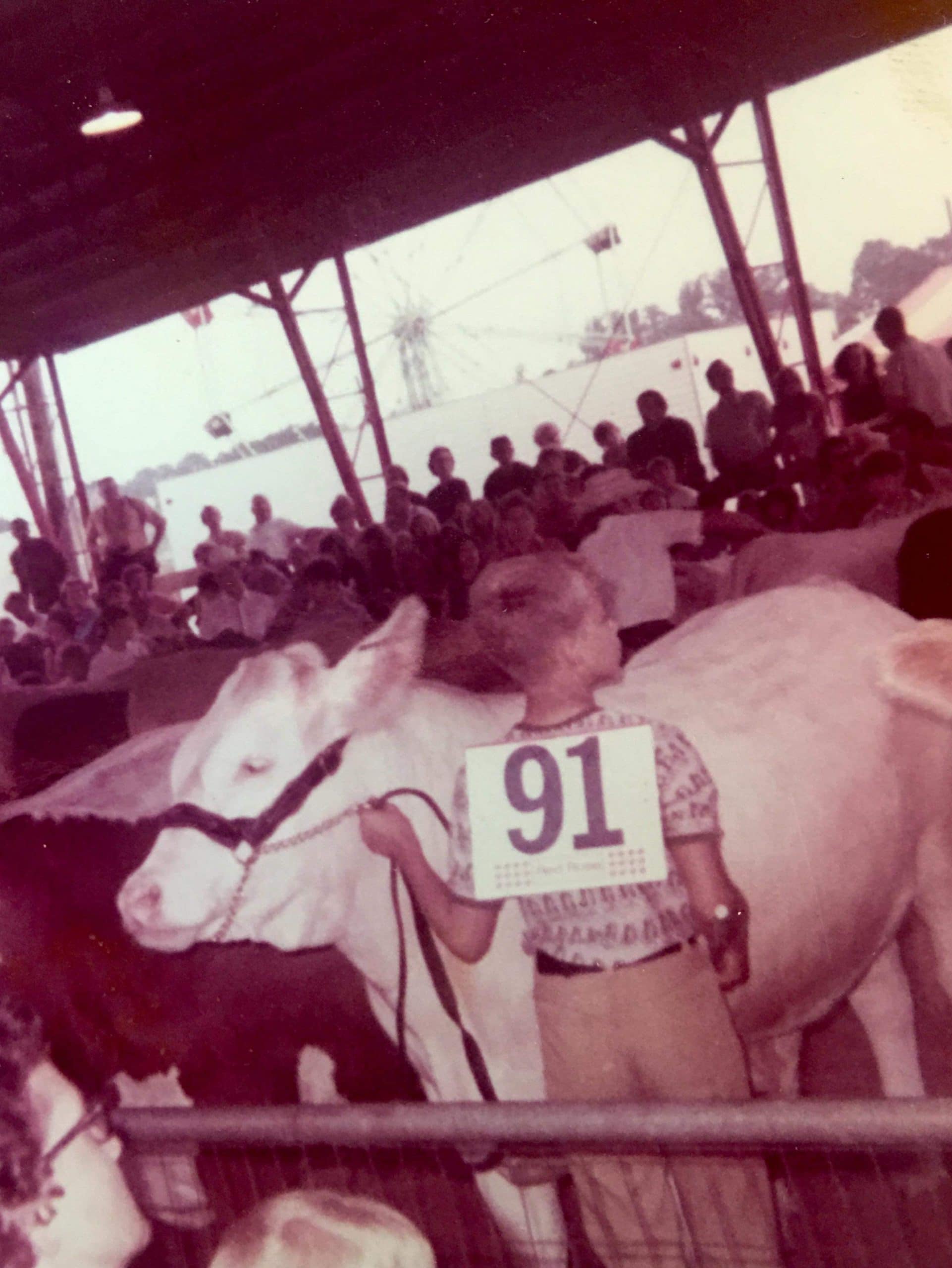
1989
In the fall of 1989, due to another large increase in project numbers in the sheep and swine barn, the Board realized that it was once again time to make necessary preparations for the construction of a new barn to house projects.
1989
1990
In 1990 the dream became a reality as a new barn was constructed alongside the sheep/swine building and dedicated ten days before the opening of the fair. The old sheep/swine barn was converted to a swine barn, electrical systems were completely overhauled and updated, parking areas were tiled and two more sets of ten-row bleachers were purchased. During the 90’s, many of the buildings were re-roofed, campsites were added, and restrooms were made more accessible to the handicapped. A wash rack for sheep and hogs was also constructed between the two barns.
1990
1994-1996
In 1994-1996 the board of directors worked diligently to secure a lease arrangement with Producer’s Livestock Association. Because of this arrangement, an auction facility became a reality and area farmers once again were able to sell their livestock at a local facility. Also in 1996, the midway was moved from the center of the fair grounds to the front of the grounds.
1994-1996
1997
In 1997, the Bill Grey Pavilion was constructed to provide more space and time for the many fair activities. A new horse arena was also built in 1997. Due to deterioration, all hard surfaced roads on the main fair grounds were resurfaced to make them safer for fair goers. As the twentieth century was rapidly coming to an end, the Junior Fair continued to grow.
1997
1998
1998 saw the Board looking into acquiring additional land with the hopes of moving the fairgrounds out of the floodplain which has continued to plague the site with flash flooding as often as six times in one month.
1998
1999-2003
Land-seeking efforts continued into 1999 with the purchase of the 158 acre Evans farm which bordered the south side of the existing fairgrounds property. This was made possible through the board’s efforts in obtaining an $84,475.00 capital improvements grant from the Ohio Department of Agriculture and a $1,000,000.00 grant through Ohio FEMA. This brought the total acres now owned by the fair board to over 250 acres. Also, in 1999, a special committee entitled the Relocation Committee was appointed to work and plan for the relocation of the fair grounds and campgrounds to the Evans farm property. This committee, from the fall of 1999 through late 2003, met over forty times and spent countless hours in planning for the new campgrounds and fair grounds.
1999-2003
2004
In the fall of 2004, the board began negotiating an agreement with the Ohio Operating Engineers Apprenticeship Training Program to use the fairgrounds site as a training program in exchange for site prep work for the new fair grounds.
2004
2004
The fair’s efforts paid off as a new campground, containing 200 full hook up sites with 50 amp services, was completed in 2004.
2004
2005
The fair’s campgrounds officially opened for business in April of 2005.
2005
2005-2006
An agreement was reached and in the fall of 2005 and 2006, much of the site for the new fair grounds was brought to grade and prepared for the future building site. During this same time, the Buckeye Hills Heavy Equipment Student and Adult programs used this site for training purposes as well.
2005-2006
2015
In the winter of 2015, a firm was contracted to do a feasibility study to determine if it was feasible to relocate the fairgrounds, with facilities to host other events outside of the fair, to the adjacent site owned by the fair board. The result of this study was yes there is a need for these facilities and we could potentially utilize the fairgrounds year round for activities and events. In addition, these events would have a very noticeable economic benefit for our businesses in Gallia County. It was also during this time that in the morning of February 25, 2015 the 1961 Commercial Building was a total loss due to a fire. With these things in mind, the board put the Long Range Committee to the task of putting together a comprehensive plan to provide for new fairgrounds and facilities to host events year round. This process included hosting several community meetings for getting input of using the insurance money from the fire to rebuild on the current site or construct a new building on the new site. Ideas were also gathered on what they would like to see at the new site. This information was the beginning stages of the comprehensive plan for the relocation project. During the public meetings, funding of the relocation efforts was also discussed. Several options were presented and discussed and in the late spring and early summer months directors met with the commissioners to discuss the potential of placing a one-quarter of a percent sales tax issue on the November ballot. This was agreed to and the issue was voted on in November, but unfortunately failed by 149 votes. The issue was again agreed to be placed on the spring primary ballot, but this time it failed by 248 votes. It was during this process that a subcommittee of the Long Range Committee was formed. It was named the Relocation Committee who’s primary responsibility was to seek out ideas for raising funds to move to the new site. This committee was composed of directors and interested individuals who will work with the fair board with the end goal of raising money to make the move happen. During this same time the Long Range Committee was successful in applying for a grant through the Ohio Department Of Agriculture Capital Improvements Fund.
2015
2017
The insurance money from the loss of the Commercial Building was used as matching funds towards this grant and as a result during the summer of 2017 a 100’ x 105’ open air pavilion was constructed on the new site, and during late summer and early fall the local Thomas Do It Center donated and constructed a 68′ x 164′ barn to house horses or other events at no cost to the fair board. The Long Range Committee also applied for and received a grant through the Southern Ohio Agriculture Community Improvement Fund.
2017
2018
The Southern Ohio Agriculture Community Improvement Fund grant was matched from leftover money from the fire to construct a 75’ x 100’ open air pavilion during the summer of 2018. The plans are to connect these two pavilions together to make one 100’ x 210’ open air pavilion to hold events. These efforts of moving the fair grounds and securing the necessary finances to support this move, continue today as the safety of visitors to all the various events on the fairgrounds is and has been a very important concern of past, current, and future Boards.
2018
2021
The Gallia County Junior Fair has provided and will continue to provide an opportunity for the youth of Gallia County to exhibit their talents and be recognized for their efforts. It is an exhibition of the year’s hard work and of the cooperation and tireless effort on the part of both county and city residents. The Junior Fair has served as a means of inspiring youth to greater achievements while providing enjoyment and satisfaction for all who come to view the exhibits and program. This continues to be the goal of the Gallia County Agricultural Society.
2021

